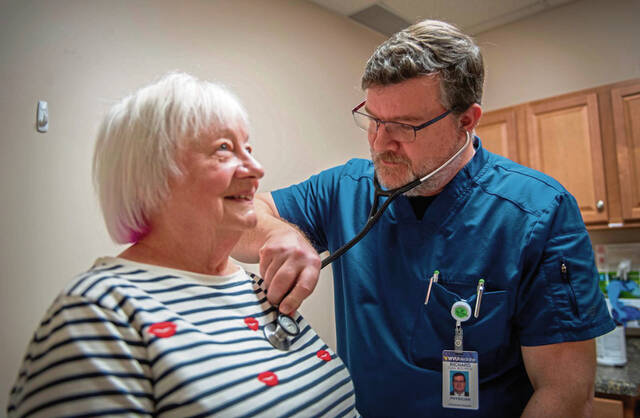
Providing health care in rural areas offers challenges for physicians
How did your country report this? Share your view in the comments.
Diverging Reports Breakdown
Providing health care in rural areas offers challenges for physicians
Rural health care is in the eye of a perfect storm of challenges. A shortage of treatment professionals, limited infrastructure and resources, potential cuts to Medicaid coverage and a payment system that falls short of the cost of care. Forty-eight of the state’s 67 counties are considered rural by the Center for Rural Pennsylvania. Nine counties, most of which are in the northern tier, are without a hospital, according to the Hospital and Healthsystem Association of Pennsylvania, a statewide trade association representing 235 hospitals.“For some (patients), preventive care is foreign to them,” said Dr. Richard Conn, 52, a Fayette County native. “They decline to do diagnostic testing. They don’t want to know (possible bad news.’’ ‘Preventive care can be seen as a luxury — a luxury of time and financial resources’ that those patients can’t afford, he said. ‘We are a very important population that is bigger than some states,’ said Laura Dimino, assistant director of thestate Office for Rural Health.
Source: Triblive.com | Read full article
How Federal Policy Can Better Serve the Rural Health Care Workforce
There are fewer physicians, dentists, and registered nurses in rural areas than in urban areas, relative to the population. There are ways federal policy can help education providers and local communities ensure more rural primary and allied health professionals enter the field. The challenges are complex, and no one policy can solve everything. But there are ways we can build on past and current federal initiatives to do better for rural residents and their health care providers, the authors say. They offer three ideas policymakers should consider: Include more occupations in financial aid programs for health professionals. Empower local colleges to meet needs for allied health programs in higher education. The US Department of Labor estimates that apprenticeships in health-related occupations grew by a staggering 169 percent between 2018-23. The authors say federal policy and resources that consider the workforce and include allied health roles will be crucial to increase the number of rural health providers in rural communities. They say we can learn from what worked from rural communities’s health care workforce before the Great Recession.
Source: Newamerica.org | Read full article
Global Perspectives Summary
Our analysis reveals how this story is being framed differently across global media outlets.
Cultural contexts, editorial biases, and regional relevance all contribute to these variations.
This diversity in coverage underscores the importance of consuming news from multiple sources.
Source: https://triblive.com/local/westmoreland/providing-health-care-in-rural-areas-offers-challenges-for-physicians/

